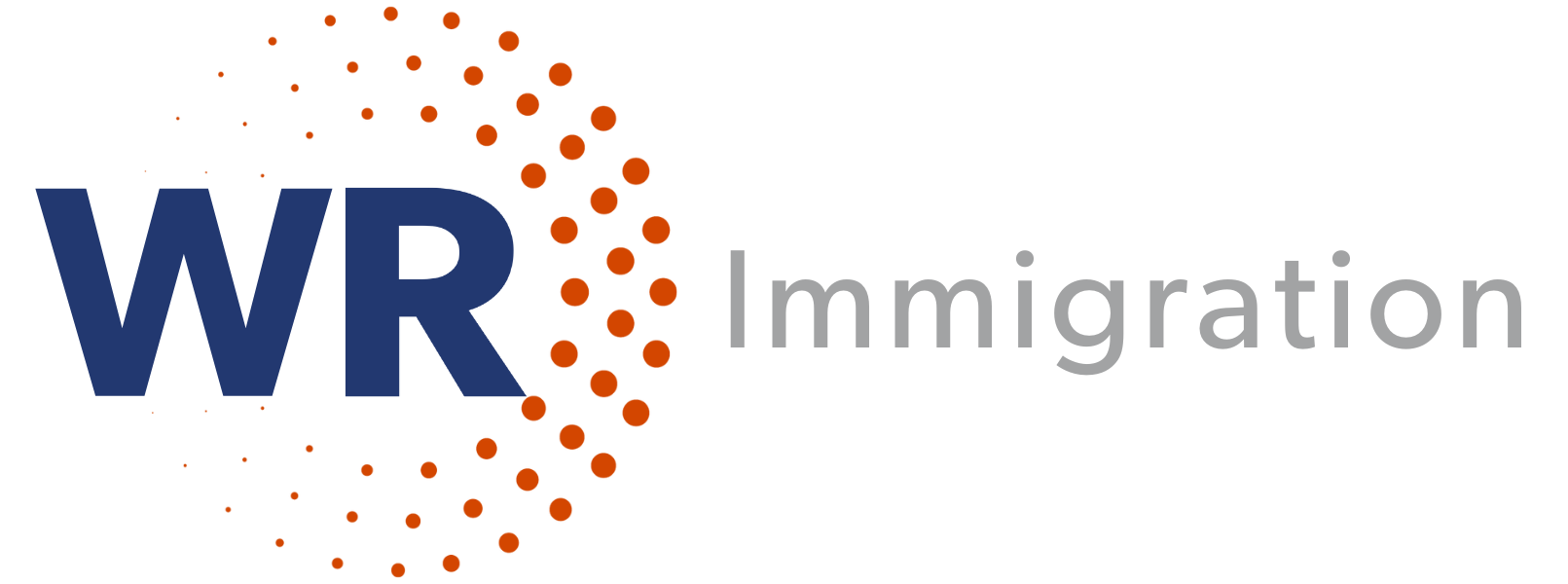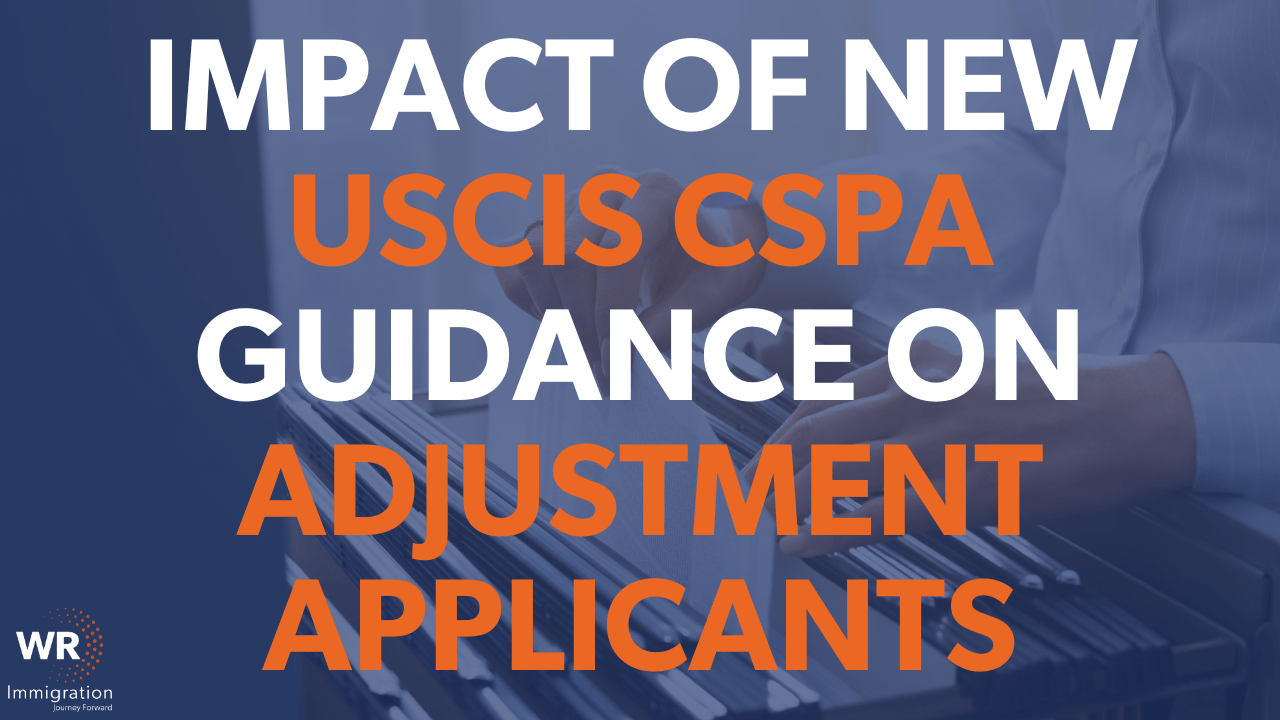Legal Memorandum: A ten-point legal memorandum explaining the impact of the new CSPA guidance on Indian EB-1, EB-2, and EB-3 adjustment applicants whose dependent children may age out, even when the adjustment of status (AOS) is filed under Chart B.
To: Immigration Counsel & Affected Applicants
1. New Policy Change Effective August 15, 2025
- Under the new USCIS guidance, only the Final Action Dates chart (Chart A) in the DOS Visa Bulletin will be used to determine when a visa is “available” for CSPA age-locking purposes.
- Filing under the Dates for Filing chart (Chart B) will no longer protect a child’s age for CSPA purposes, even if USCIS accepts the AOS filing.
2. Prior Policy Was More Generous
- From February 14, 2023 until August 14, 2025, USCIS allowed age-locking at the earlier of:
- Petition approval date; or
- First day of the month when USCIS accepted AOS under Chart B.
- This often allowed EB-2/EB-3 India applicants to lock a child’s age years before Chart A became current.
3. Impact on Indian EB-2 and EB-3 Backlogs
- India EB-2 and EB-3 Final Action Dates are retrogressed years behind Chart B.
- Under the new rule, children must wait until Chart A becomes current to lock their CSPA age, which may be years after AOS filing.
- This delay will cause many children to turn 21 before age-locking occurs.
4. Effect on EB-1 India
- EB-1 India also faces multi-year backlogs, though shorter than EB-2/EB-3.
- Families filing under Chart B will still face a risk of aging-out if Chart A lags significantly behind.
5. CSPA Calculation Under New Policy
- CSPA age = Biological Age at time visa is available under Chart A minus time petition was pending.
- If the result is 21 or older, the dependent is not considered a “child” for immigration purposes, even if the AOS was filed years earlier under Chart B.
6. Practical Consequence for Chart B Filers
- Children can attend biometrics, receive EAD/AP, and appear to be progressing toward a green card, but if Chart A remains retrogressed for years, the child may ultimately be denied LPR status and fall out of status unless other relief is pursued.
7. Loss of Protection for Early Filers
- Families who file AOS early under Chart B after August 15, 2025 will not get the benefit of early age-locking.
- The dependent’s age will continue to advance until Chart A is current, potentially disqualifying them from derivative status.
8. Alternative Strategies
- Consider F-1 student visa or other nonimmigrant options to maintain lawful status for aged-out children.
- Explore family-based petitions once the parent obtains LPR status (e.g., F-2B category).
- Evaluate employment-based self-petition options for the child (e.g., EB-2 NIW if qualified).
9. Pending AOS Filed Before August 15, 2025
- Applications filed before the policy change keep the old, more favorable CSPA calculation.
- For these, filing under Chart B before the deadline could still lock age earlier.
10. Action Items for Indian EB Applicants
- File immediately under Chart B before August 15, 2025 if eligible to preserve old CSPA benefits.
- Track Chart A movement closely for long-term planning.
- Advise clients with dependent children approaching 21 about the high risk of aging-out and the need for backup. Here’s the side-by-side timeline visual showing how CSPA age-locking works before and after the August 15, 2025, policy change for a sample EB-2 India case.
- Consider the reserved EB5 visa option, which is current for chart A now but will not be for long.


